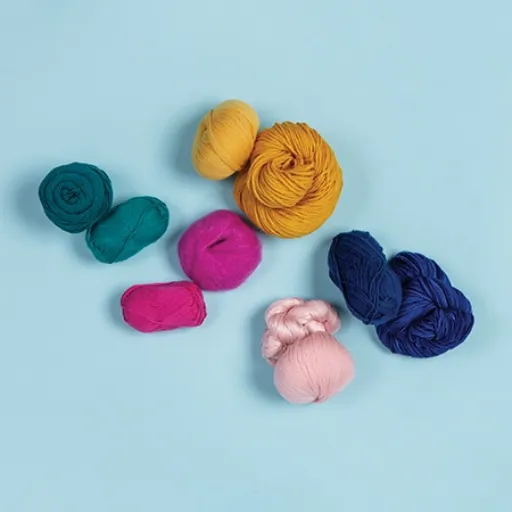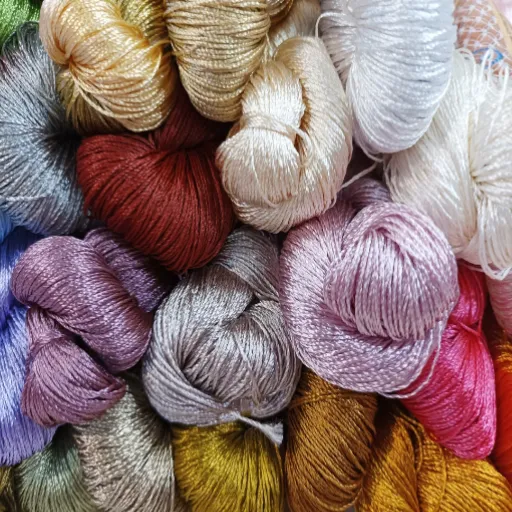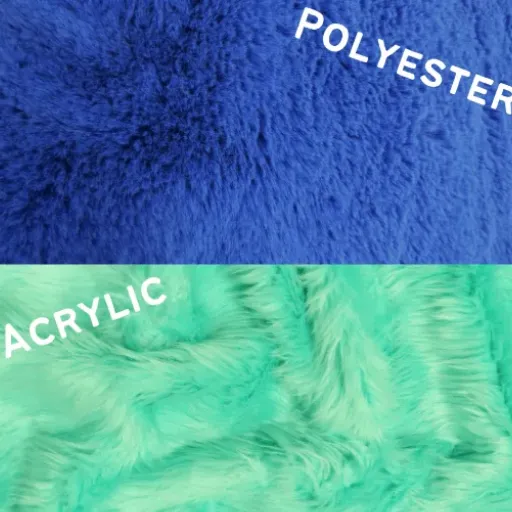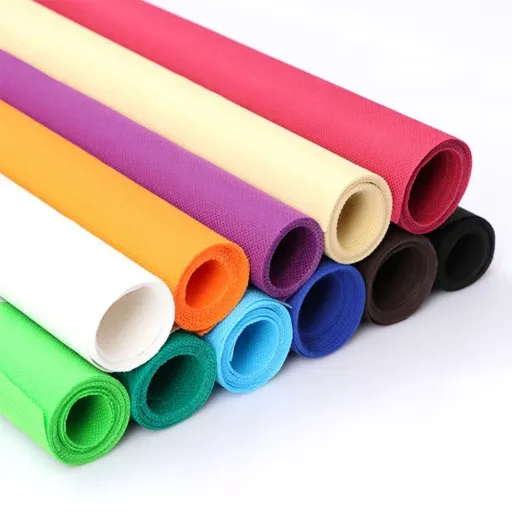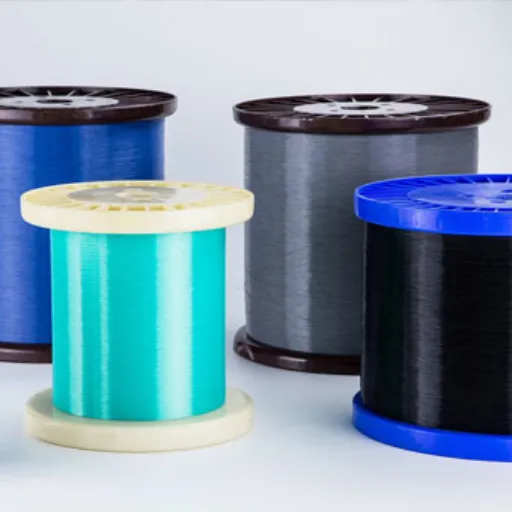The word polyester may be familiar to you while glancing at many a fabric label. Yet, this statement is quite limiting, as it often describes the things made from this excellent material that has transformed the textile and fashion industries. Durable, inexpensive, and versatile: these are among the many features that promote the qualities of polyester, a renowned synthetic fabric in the world today. So, what is polyester, and why has it gained such significance in modern-day usage? This article will explore the history, characteristics, and applications of polyester fabrics, further examining the benefits, drawbacks, and prospects of polyester’s success. Whether you are looking to understand some aspects of your wardrobe or want to learn more about the polyester fabric used extensively in another industry, this guide will indeed enrich your comprehension.
Introduction to Polyester
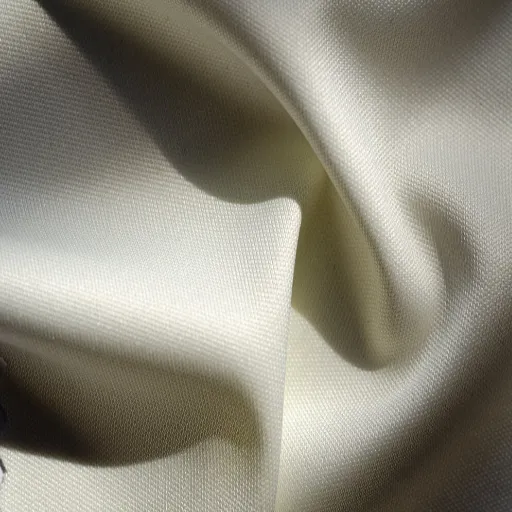
Polyester is an anthropic fabric derived from petroleum-based fibers. It is synthesized by polymerization, where ethylene glycol and terephthalic acid are combined to give a strong, durable, and versatile material. Polyester finds its primary usage in textiles due to its ability to resist wrinkling, shrinking, or stretching, thereby retaining its color and shape over time. Additionally, it is lightweight, dries very quickly, and is easy to maintain; therefore, it is favored in clothing and industrial applications. The adaptability and price competitiveness of polyester have thus made it a cornerstone in modern manufacturing.
What is Polyester?
A polyester is a synthetic polymer derived essentially from petroleum. It is formed through a polymerization reaction in which ethylene glycol reacts with terephthalic acid. The material is widely used in the manufacture of textiles, plastics, and packaging materials due to its durability and versatility. Polyester does not easily succumb to environmental agents like moisture, sunlight, or chemicals. This prevents deterioration, thereby retaining its presentable quality over time. Polyester-grade materials can be recycled, and various environmentally friendly versions are also being developed, with recycled PET bottles serving as one of the primary feedstocks. However, its ever-demanding nature continues to make it an indispensable raw material for fashion, home furnishings, and industrial applications.
Why is Polyester So Popular?
The durability, versatility, and affordability put the weight of polymer on the scale of popularity. According to recent search engine reports, consumers typically look for fabrics that are easy to maintain, resist wrinkles, and last a long time, or at least almost as long as polyester. Furthermore, it complements other fiber types, adding versatility to its applications; it may therefore be suitable for any imaginable category, from apparel to upholstery. And the increasing availability of recycled polyester is surely gaining appreciation in environmentally conscious circles. The factors surely drive the implementation of polyester appeal across various demographics and industries.
The History and Development of Polyester
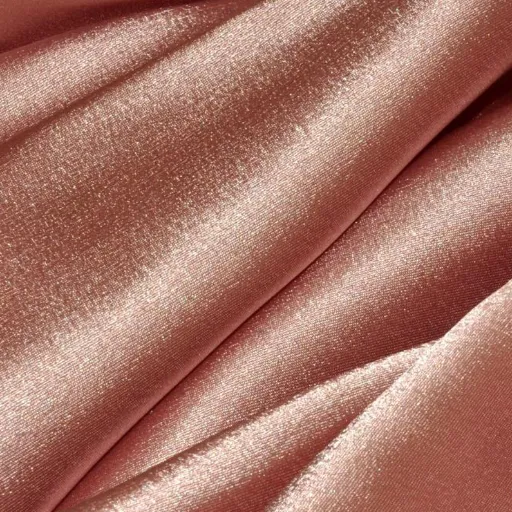
The Invention
Polyester was first created in the early 1940s by the British chemists John Rex Whinfield and James Tennant Dickson. They discovered a method to synthesize polyethylene terephthalate (PET), which remains the primary constituent of modern polyester.
Commercial Success
The material gained prominence after its commercialization in the early 1950s, being touted for its durability, wrinkle resistance, and ease of care. Since then, further improvements in manufacturing and recycling methods have enabled a wider range of polyester applications, currently one of the most widely manufactured fibers on the planet.
Applications of Polyester Across Industries
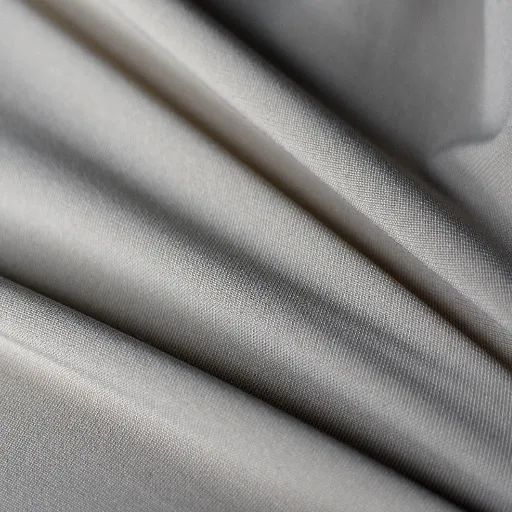
🌟 Fashion and Apparel
Essential fiber used in making furniture due to its wrinkle resistance and strength, combined with its affordability and used in day-to-day wear, activewear, and outerwear.
🏠 Home Textiles
Applications include bed sheets, curtains, upholstery, and carpets, as their strength and resistance to shrinkage are highly valued.
⚙️ Industrial Uses
High tensile strength and reliability make it ideal for ropes, conveyor belts, and safety belts.
📦 Packaging
Plastic bottles and food packaging manufactured from PET (polyester), offering strength and lightweight features.
🚗 Automotive Industry
Used for car seat fabrics, floor mats, and airbags, where durability and affordability are key considerations.
Polyester in Textiles
Polyester remains one of the staple fibers in textile manufacturing owing to its incredible versatility and durability. Polyester is often blended with natural fibers, especially cotton, to impart wrinkle resistance and reduce shrinkage, resulting in garments that are more durable and require less care. Polyester fabrics are also highly regarded as a moisture-wicking fabric, particularly for sports and activewear applications. In addition, from a textile technology perspective, recycled polyester could be an alternative type of polyester generated from post-consumer plastic waste, such as bottles, helping to propose a more sustainable and environmentally friendly process in the industry. These developments solidify polyester as a textile capable of combining functionality, affordability, and trendiness.
Home Furnishings and Beyond
Polyester, being durable, inexpensive to manufacture, and highly versatile, is indeed a vital material in the home furnishing industry. They go into making upholstery, curtains, carpets, and even bedding. They are wrinkle-resistant, fade-resistant, and shrink-proof, so that a polyester fabric will maintain its look for years. Further advancements have led to the development of blended polyesters that tailor to differing consumer needs by offering comfort with utility. Polyester is also used for outdoor furniture, as the fabric can withstand UV rays and moisture, a vital consideration when selecting materials for patio tables and covers. These qualities surely continue to give polyester the edge in providing fashionable and enduring home solutions.
Environmental Impact of Polyester

Monting polyester in the face of adverse environmental challenges raises significant concerns, all stemming from its synthetic origin and production processes. Being derived from petroleum, its production leads to greenhouse gas emissions into the atmosphere and exploits non-renewable resources. Since it is not biodegradable, polyester can persist in the environment for hundreds of years, thereby contributing to plastic pollution. The washing system for polyester and polyester-blended fabrics releases microplastics into water bodies, jeopardizing marine life and ecosystems. To mitigate its environmental impact, recycling or green polyester production methods may be considered; however, both solutions are still in their early stages of development.
The Dark Side of Polyester
This implies that a volume of pollutants enters water systems during the laundering process, which are subsequently absorbed into marine ecosystems, adversely affecting aquatic species and potentially making their way into the food chain. Although in theory waste can be reduced through recycling processes for polyester, in reality, only a small fraction of polyester is being recycled globally today. This has emphasized the need to raise a voice of urgency for reforms within the industry and to educate consumers on tackling polyester-related environmental issues effectively.
Innovations in Sustainable Polyester
Recent advances have been made in sustainable polyester methods by applying new technology and practice to alleviate the environmental foe. One such innovation is the production of bio-based polyester from renewable resources, such as corn or sugarcane, thereby reducing dependence on fossil fuels.
The other essential advancements in chemical recycling enable the breaking down of used polyesters into their constituent monomers, which can then be repurposed into new-grade polyester, thereby freeing up landfills for less waste and reducing demand for virgin materials.
Another innovative solution is to upgrade the filtration in washing machines to capture microfibers, thereby preventing microplastics from polluting water systems —a significant environmental threat posed by polyester. These innovations, coupled with rising industry commitments to circular economy models, underline the growing optimism for sustainable polyester production and consumption.
Practical Tips for Consumers
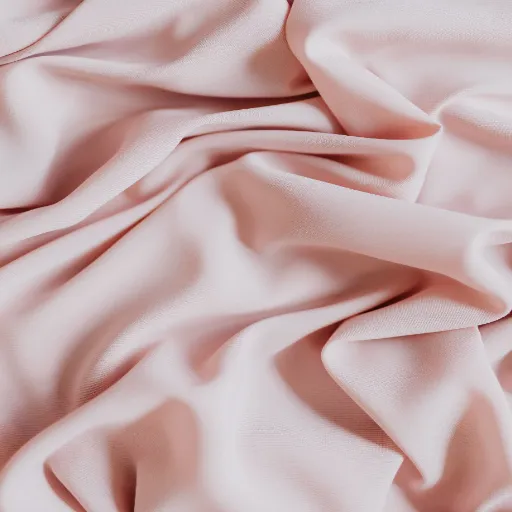
- Choose Recycled Polyester Products: Buy clothes or products labeled as made from recycled polyester to help sustain the environment.
- Wash with Care: Use a microfiber filter bag during laundry or install a washing machine filter.
- Buy Less, Buy Better: Opt for high-quality polyester goods that last longer.
- Recycle Responsibly: Ensure the responsible disposal of your worn-out polyester items by subscribing to a textile recycling program.
- Educate Yourself: Enhance your knowledge about brands committed to reducing their environmental impact and work towards supporting their cause.
How to Choose Polyester Products
My primary considerations in choosing the polyester products are durability and sustainability. I check whether an item has been made from recycled polyester or if it is labeled as “eco-friendly” to minimize its environmental impact. First and foremost, I opt for quality fabrics that will stand the test of time, rather than fast-fashion items that are bound to end up in the trash. Additionally, I research producers that prioritize ethical production practices and environmental responsibility.
Caring for Polyester: Do’s and Don’ts
✅ DO’S
- Wash polyester in cold or warm water on the gentle cycle to protect the fibers.
- Use a mild detergent to prevent fabric damage and protect color vibrancy.
- Turn garments inside out before washing to reduce pilling and extend their wear.
- Air-dry polyester items or use a low-heat setting in the dryer to prevent shrinkage.
❌ DON’TS
- Avoid using high heat when washing or drying polyester, as it can weaken fibers and cause melting.
- Do not use bleach unless it’s specifically safe for polyester; harsh chemicals can degrade the material.
- Refrain from ironing polyester at high temperatures; instead, use a low heat setting with a pressing cloth for safety.
Reference Sources
The following five titles constitute the most professional reference sources and should help you in ensuring your article has been written correctly:
- Polyester: A Cultural History – Published on the Taylor & Francis Online platform, this source critiques polyester from a historical and cultural perspective, examining the development of polyester and the prevailing attitudes toward it throughout its evolution.
- Polyester Materials and Properties – With a substantial presence on the Wiley Online Library, a chapter of this book discusses numerous properties and applications of polyester in various fields, including films and textiles.
- Polyesters and Polyamides – An extensive approach covering the trade names, the blends, and the applications of polyesters and their derivatives.
- Optimizing Sustainability in Textile Recycling – The article published in ACS Sustainable Chemistry & Engineering assesses the life cycle of recycled polyester in terms of carbon emissions and energy efficiency.
- Polyester – Another book on Google Books details the synthesis and application of polyester, as well as its role in various industries.
Frequently Asked Questions (FAQs)
What is polyester made from?
Polyester is primarily made from a synthetic polymer created through a chemical reaction between ethylene glycol and dimethyl terephthalate. This process yields a substance known as polyethylene terephthalate (PET), which is widely used in textiles and various other applications.
How is polyester fiber produced?
Polyester fibers are produced by melting polyester chips and then extruding the molten polyester polymer through spinnerets. The resulting fibers can be spun into yarns for various textile applications, including clothing and home furnishings.
What are the common types of polyester fabric?
Common types of polyester fabric include polyester filament, polyester staple, and blends with other fibers, such as cotton and nylon. Each type has its unique properties and applications, such as durability, wrinkle resistance, and moisture-wicking capabilities.
What are the desirable properties of polyester?
Polyester is known for its desirable properties, including strength, durability, resistance to shrinking and stretching, quick drying times, and ease of care. These characteristics make polyester a popular choice in the textile industry.
Can polyester be made from plant-based sources?
Yes, plant-based polyester, also known as bio-based polyester, is produced using ethylene sources derived from renewable resources. Producers of plant-based polyester utilize materials such as sugarcane or corn to create more sustainable textile options.
Is polyester biodegradable?
Traditional polyester is not biodegradable; however, advancements in technology have led to the development of specific biodegradable polyester options. These alternatives aim to reduce the environmental impact associated with synthetic fibers.
What is the production and use of polyester in the textile industry?
The production and use of polyester in the textile industry involve creating various fabric types that are used in clothing, upholstery, and other applications. Polyester fabrics are often favored for their durability and versatility, making them suitable for a wide range of uses.
How does dyeing polyester work?
Dyeing polyester typically involves the use of disperse dyes, which are specifically formulated to bond well with polyester fibers. The dyeing process can be performed through techniques such as batch dyeing or continuous dyeing, allowing for a variety of colors and patterns.
What are some environmental concerns related to polyester production?
Environmental concerns related to polyester production include the reliance on petroleum-based resources for traditional polyester and the challenges of recycling synthetic fibers. However, innovations in plant-based polyester and recycling methods aim to address these issues and promote sustainability in the textile industry.









